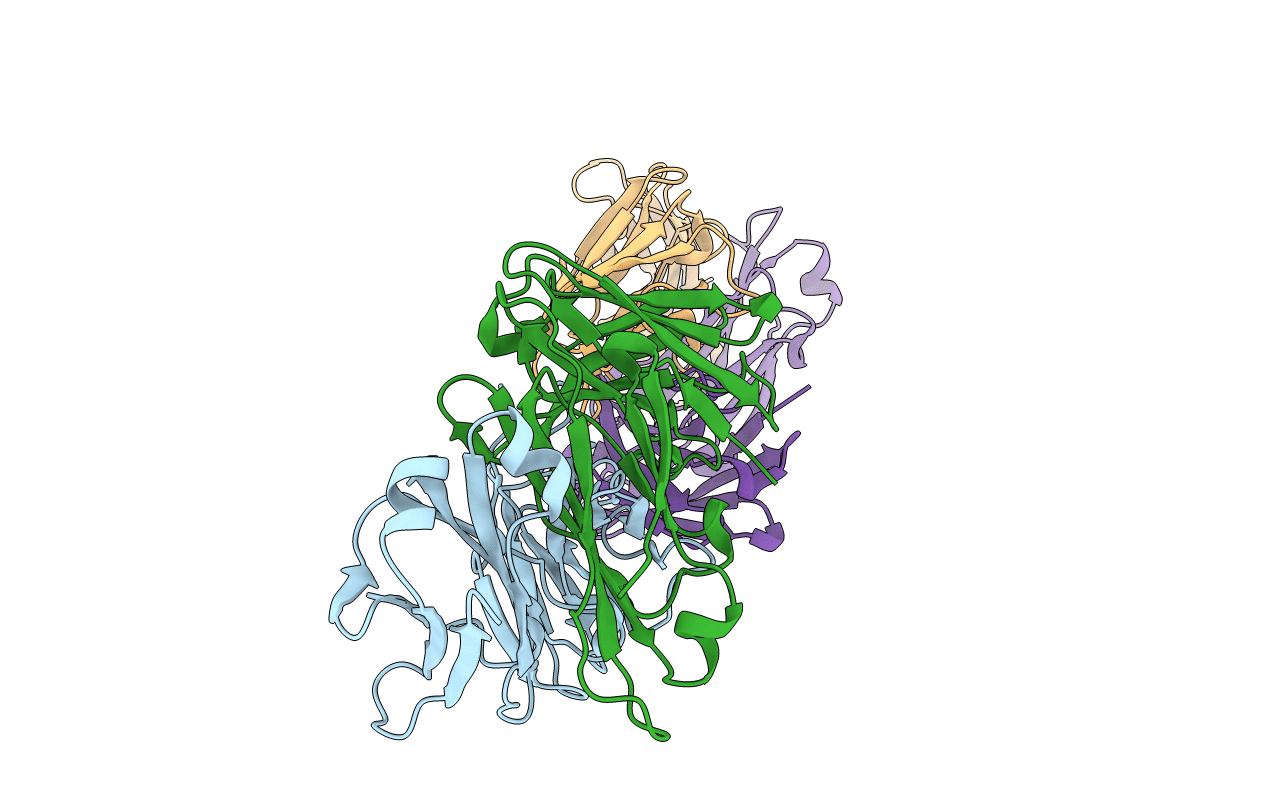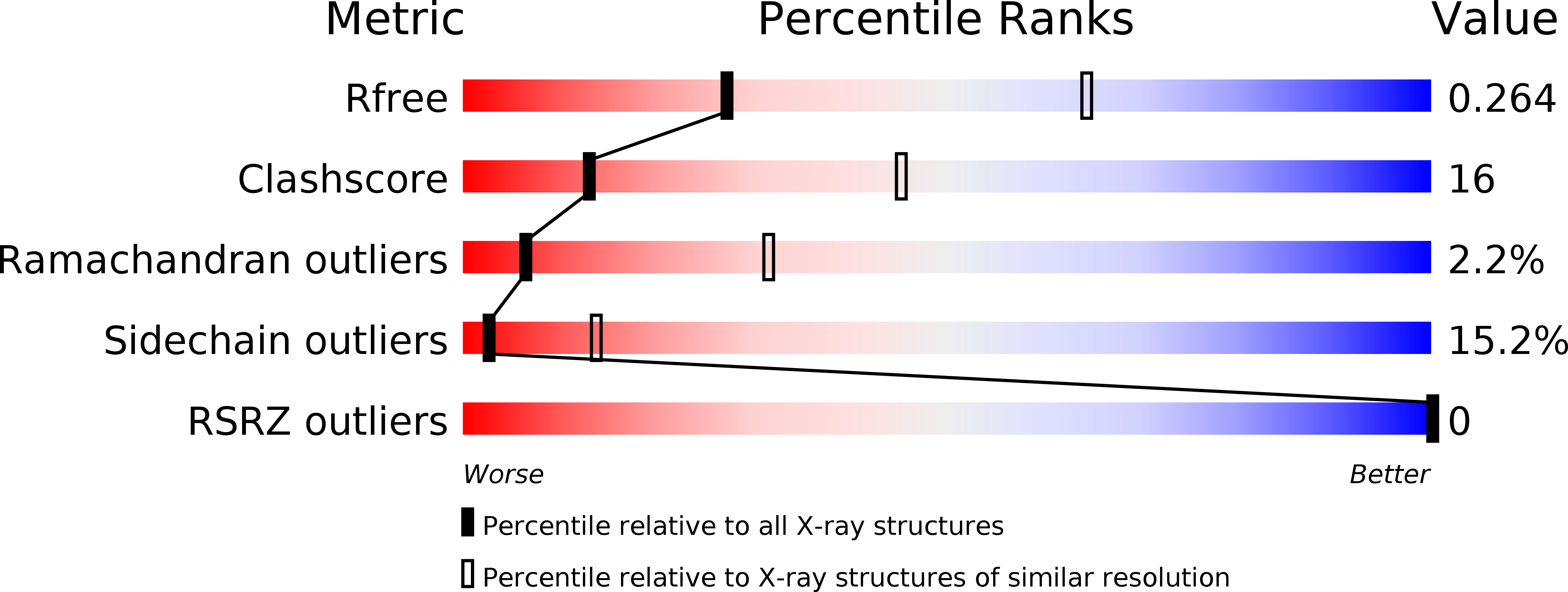
Deposition Date
2000-05-18
Release Date
2000-08-30
Last Version Date
2024-11-20
Method Details:
Experimental Method:
Resolution:
3.00 Å
R-Value Free:
0.27
R-Value Work:
0.18
R-Value Observed:
0.19
Space Group:
C 1 2 1


